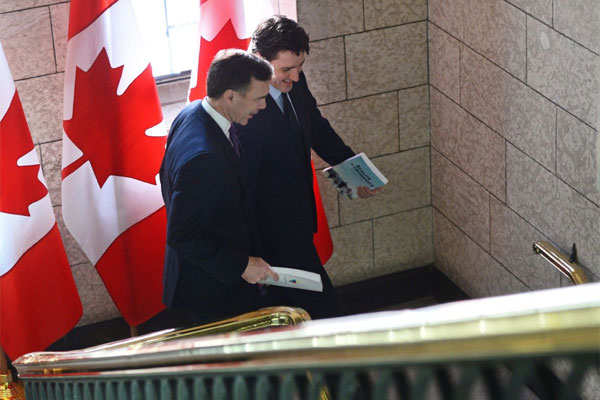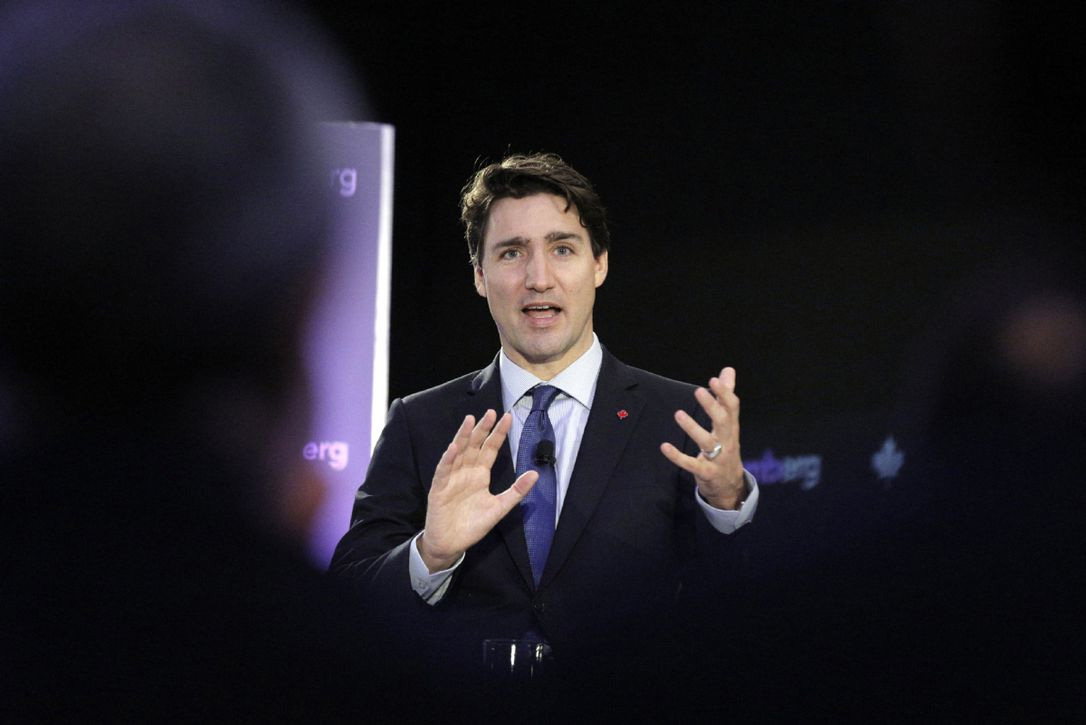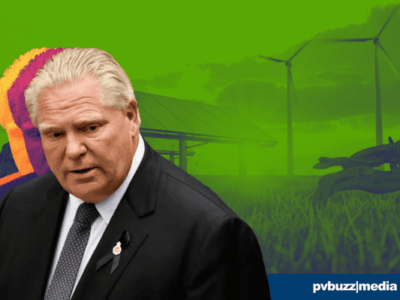After nearly 10 years of the Harper government’s “all-in-approach” on fossil fuel development, the election of Justin Trudeau’s Liberals was seen as an exciting opportunity and step forward for the green economy in Canada.
Expectations ran high as Trudeau emphasized balancing the economy and environment, with signature promises being made such as the phasing out of fossil fuel subsidies.
It’s now the end of the Liberals first term, with the last budget before the election (budget 2019), having been recently presented. While there are several new programs aimed at providing support for certain green industries, the latest budget still demonstrates a pattern of underwhelming funding for renewable energy, and green initiatives in Canada.
The 2019 budget—tables some good ideas, such as a $5,000 rebate on electric vehicles under the price tag of 45,000 dollars, new funding for electric charging stations, and a whopping 1.01 billion dollars to help the Federation of Canadian municipalities retrofit community and residential buildings for energy efficiency.
Unfortunately, much of the funding for these programs is contingent on the re-election of the Liberals, which is becoming seemingly less likely—by the day.
Elizabeth May, leader of the Federal Green Party, weighed in on the budget’s green industry and climate change measures, saying its attempts to spur action on climate change are “pathetic”.
To stress her point, May compared the federal government’s investments for green industry incentives with the purchase of the rights to the Trans Mountain pipeline expansion (TMX).
The Liberals invested 4.5 billion dollars into a single pipeline expansion.
To contrast, the latest budget tables a combined total of 1.4 billion dollars over 5 years for green industry incentives. The entirety of the budget that goes towards green programs accounts for a mere 31 percent of what was paid for the TMX. This highlights that the Liberals messaging and action when it comes to the environment is highly contradictory.

Finance Minister Bill Morneau, left, and Prime Minister Justin Trudeau leave the prime minister’s office to table the federal budget. (SEAN KILPATRICK / THE CANADIAN PRESS)
The spending pattern of the Liberals shows that while the government understands the need for green investments, there’s still a deeply rooted belief that fossil fuel projects must continue to be developed. In comparison with the prior conservative government, there has been significant progress on the front of supporting green industries.
However, the progress that’s been made simply isn’t as profound as the governing Liberals like to present.
Analyzing the progress green industries, like solar and wind, have made under Trudeau, is best done by looking at Canada’s progress on its climate change goals. Whereas the Liberals often brag about having to achieve a balanced economy and environment, the statistics of Canada’s emission reductions paint a different story, one which demonstrates a substantial lack of strength in Canadian green industry.
As recently as January 2019, the Liberals own estimates showed a growing climate gap (how much Canada is projected to miss its emission reduction targets by). The latest projection is that Canada will miss its target by roughly 78 megatonnes of carbon, even as Canada’s largest Province has successfully phased out coal power over the last decade.
Ontario’s phasing out of coal power offered tremendous potential growth in renewable energy.
Unfortunately, the potential has not been realized, as a pattern of under-investment in the green industry, and substantial developments in the oil and gas sector have continued. A significant amount of the progress Canada has made towards fighting climate change has actually been undone by further developments from both provincial and federal governments in oil and gas.
This pattern of underinvestment in green industries long predates Justin Trudeau’s Liberals, they just haven’t improved the situation by a significant measure.
The Liberals failure to properly invest in a clean economy has also allowed a substantial cool off in private investments. Many provincial and federal subsidies and programs, such as Ontario’s feed-in-tariff program, were wound down. The lack of new federal investment since has, as Amy Grace, head of research at Bloomberg New Energy Finance, puts it, led to “total destruction of the market”.
Since 2015, private investment in clean technologies has fallen by half. Certain external factors, such as China’s slowing demand for renewable energy, have contributed to this.
Trudeau’s Liberals, however, have consistently failed to address the lack of investment through green incentive programs in their budgets, with their latest following suit. If anything, the trend of decreasing private investments should have served as an indicator that the federal government needed to ramp up its spending on green programs.
Had the Liberals placed a higher priority on stimulating green industry, significantly greater progress towards developing a green economy could have been achieved over the past four years.
Trudeau’s first term has seen mixed results when it comes to developing green industry in Canada. With a significant lack of funding for green industry incentives, further investments, and subsidies in the fossil fuel industry, and an ever-growing climate gap, it’s clear that Trudeau has postured his Liberal Party to appear significantly greener than it actually is.
The question remains whether or not voters will see past the smoke in the upcoming federal election.














Comments